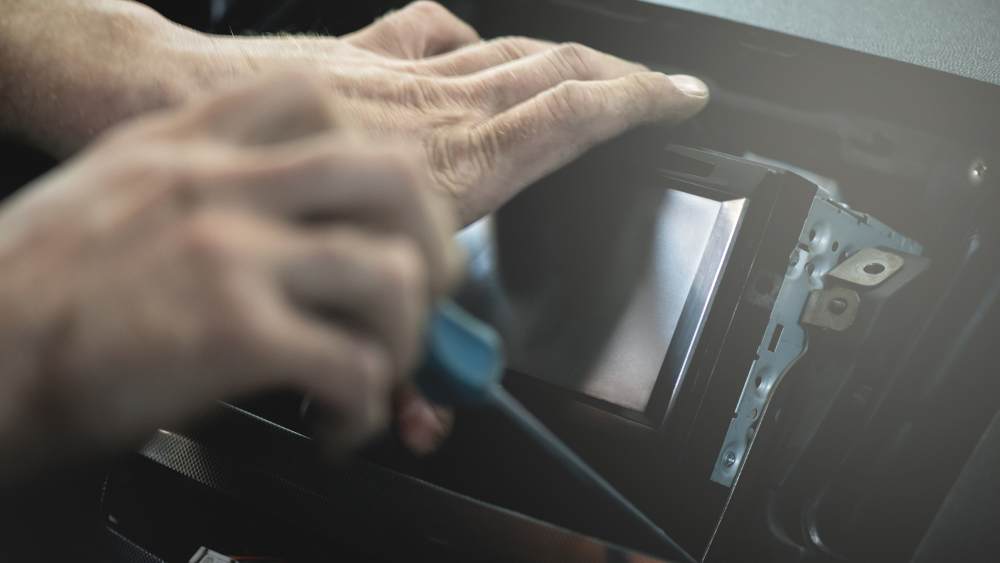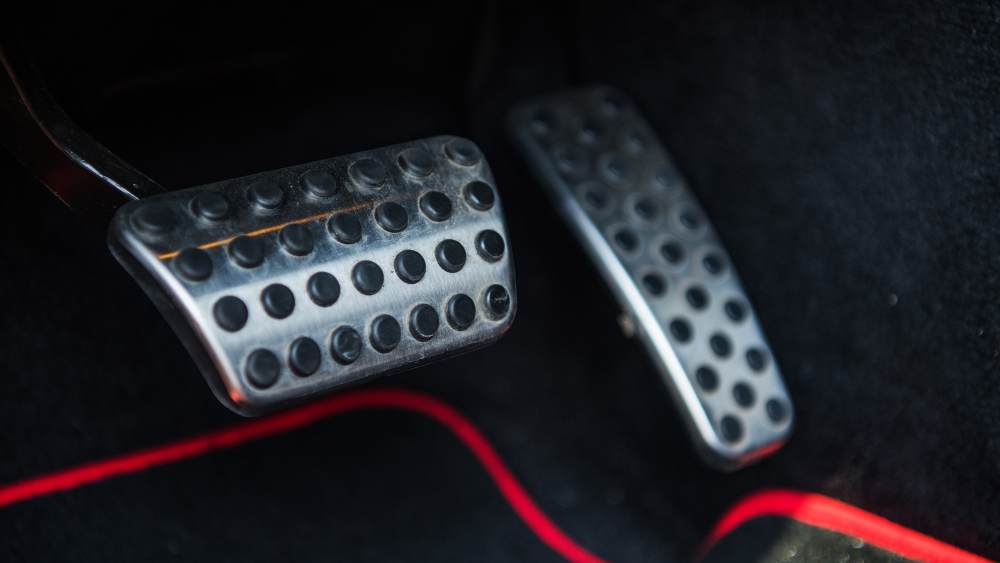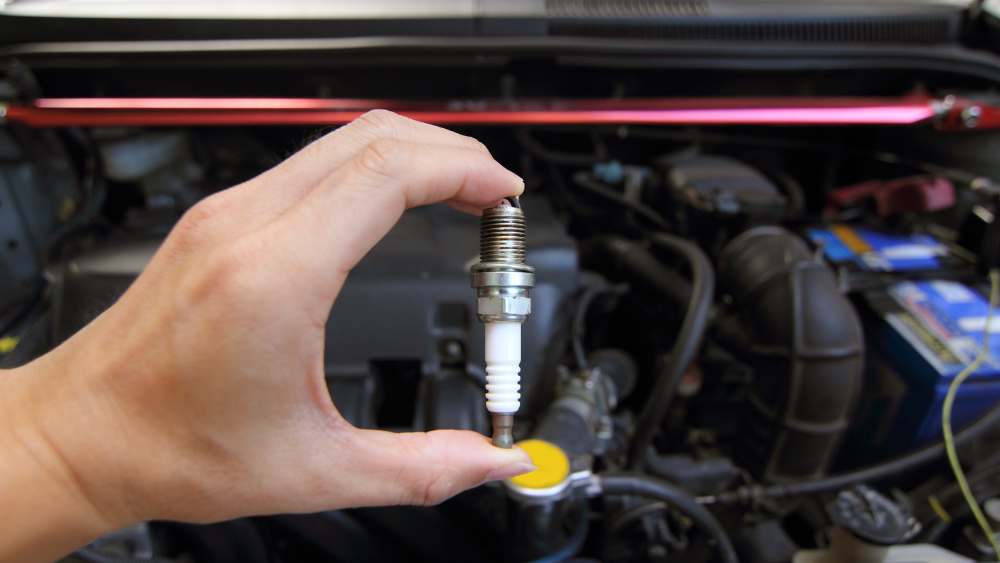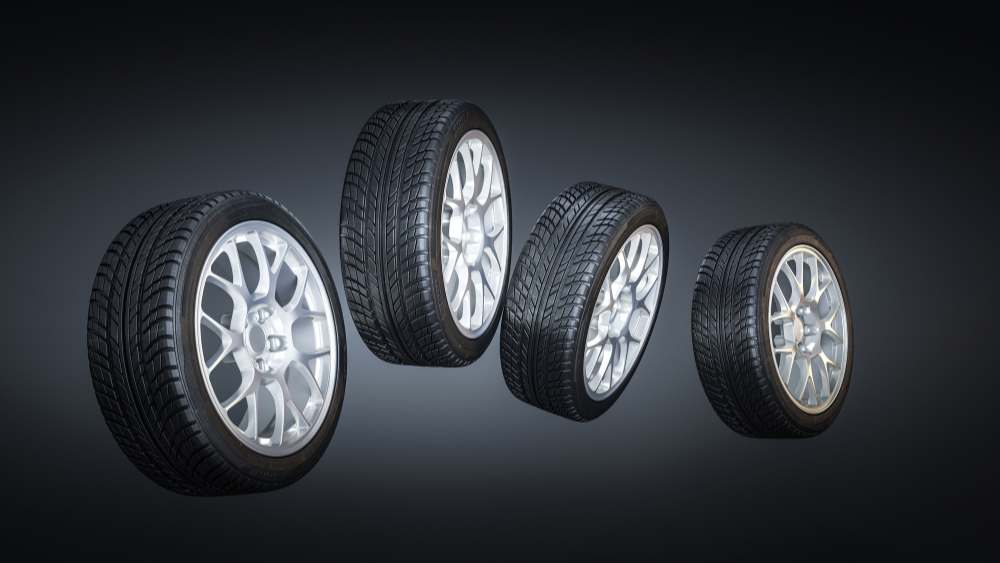14 Best Car Mods To Enhance Your Vehicle To The Next Level

Did you ever envision driving a truly unique car? One that perfectly mirrors your distinct personality and style? Car modifications offer the means to transform this dream into reality. Whether your goal is to enhance your car’s performance, exterior and interior aesthetics, or both, the world of car mods presents boundless opportunities. From uncomplicated adjustments like window tint and racing pedals to intricate alterations such as engine enhancements and suspension upgrades, the choices are endless-especially if you’re working with the drift cars, which often require specialized tuning for optimal handling.
But, in the face of this extensive array of possibilities, it can be tough to determine your starting point. It is precisely where our expertise shines. The team at HighStuff.com has curated a selection of the coolest car modifications that can genuinely elevate your ride.
Rev Up Your Ride With These Top Car Accessories
1. Exhaust Resonator

An exhaust resonator serves as a fantastic modification to alter your car’s sound profile. Many individuals often confuse resonators with mufflers, yet they are distinct components within an exhaust system.
Mufflers are designed to reduce noise, making your car quieter by “muffling” the sound. While some mufflers may share design similarities with resonators, their primary purpose is to lower the decibel level of your exhaust.
Resonators are typically positioned ahead of mufflers and are sometimes referred to as “pre-mufflers” due to their placement. The primary reason for installing a resonator is to eliminate droning and rasping sounds. Droning represents a consistent, unpleasant noise at specific RPMs, whereas rasping is the harsh metallic sound that can occur as RPMs increase.
2. Torchbeam Headlights

Upgrade your dim or yellowish halogen headlights to Torchbeam LED bulbs for enhanced visibility and a better driving experience. These precision-built LEDs outshine halogens by over 400% and have a lifespan of 50,000+ hours compared to halogens’ 1,000 hours. Plus, they’re sturdier without fragile elements and feature advanced cooling for safe operation. Night driving is safer with clean, white light from advanced LED chips.
3. Stereo Installation

Car stereo installation Sandy UT can install a new stereo system in your vehicle that will boost your driving experience. Stock standard stereo systems are often not that great, so this improvement is a great option. If you enjoy indulging in good music while driving and your current sound system is not all that impressive, investing in a top-quality sound system is an affordable investment that will go a long way in terms of driving experience.
You’d be amazed at the difference a new stereo system can make to the sound quality of music files.
4. Window Tinting

Tinting your vehicle’s windows is an incredibly affordable way to improve your driving experience and boost the appeal of your car instantly. Tinted windows mean you won’t have to reach for your sunglasses, and you won’t have to feel uncomfortable while noticing other drivers on the road staring at you, as they won’t be able to see you through the tinting.
Even though you can tint your windows yourself and save a bit of money, it is best to leave it to the professionals as even one air bubble can make your windows look a bit shabby.
5. Racing Pedals

Racing pedals are an affordable interior mod that will improve your driving experience as well. Even though they won’t make your car drive any faster, the feel and design of racing pedals are excellent. There are various colors and styles as well, so you have quite a selection to choose from. Furthermore, you can enhance your comfort by installing a dead pedal, which acts as a resting spot for your foot next to the clutch.
Related: 10 Cheap Sports Cars Under $45K You Should Consider In 2023
If you’re after a race car appeal, you should also consider racing stripes on your bodywork and interior race car seating to complete the look. These are also significantly pocket-friendly modifications, although they mainly enhance the appeal and don’t do anything for performance or comfort.
6. Cold Air Intake

Your vehicle’s engine is much like a pair of lungs, and the better the air quality, the easier it will breathe. Therefore, installing cold air intake will improve performance, and this modification is also pretty affordable.
A few benefits of installing a cold air intake are colder and denser engine air, enhanced mileage, faster acceleration, and even a more resounding engine roar. Because a cold air intake is so affordable, there’s really no reason why you shouldn’t opt for this mod as it will improve performance dramatically.
Related: Top Fastest Cars Under $20K
7. ECU Reprogramming

It will only cost you a couple of hundred dollars to reprogram your vehicle’s ECU controls, which manage the fluid and air in the engine. And it will definitely be money that is well spent as this will boost both efficiency and power in the engine. Because the standard programming is set below the engine’s actual capabilities, reprogramming is a massive investment in vehicle performance.
Because it doesn’t cost that much, it’s far more affordable than buying a more powerful vehicle. This mod must be done by a professional as well, as a small mistake can leave your vehicle with significant issues. Specialized equipment is also required to reprogram the ECU in your car.
8. Change The Spark Plugs

Your car won’t take you anywhere without spark plugs, as they are essential vehicle components. However, if your spark plugs are faulty at all, your vehicle’s performance will be impacted negatively.
Replacing the spark plugs will give your car a smoother drive. In addition, the affordable replacement will also ensure you don’t have startup problems, engine failure while also lowering your fuel consumption and providing your car with more power.
9. New Quality Tires

Tires do a lot for your vehicle’s performance, as heavy tires can ensure your car takes sharp corners easier, even at higher speeds. While speeding is definitely never recommended, quality tires are always an excellent investment.
If the tread on your tires wears down, your car won’t have traction on the roads, and slipping will be inevitable, especially in lousy weather conditions. On the other hand, replacing your tires often and opting for higher-quality tires is a performance investment and a safe investment for all drivers.
10. New Interior Seats

Older vehicles don’t generally have the best seating out there, as it’s usually somewhat uncomfortable. Replacing your vehicle’s seating can genuinely transform your driving experience by enhancing your comfort. There are several different options out there, as you can install race car seats or even luxury leather seats, depending on your budget. Opting for the cheapest alternative of seat covers is sometimes a great choice if you opt for seat covers with built-in cushions and fit perfectly. However, standard stretch covers won’t do much at all for comfort or appeal.
There are so many vehicle modifications out there that are pocket-friendly and can effectively enhance your comfort and vehicle performance. However, some vehicle modifications can harm the value of your car, so be sure to consider car modifications. What’s more, other car modifications out there, such as wheel stancing, are illegal in most areas of the world, so it will also be worth your while to determine the laws regarding certain vehicle modifications before investing. With that said, the world of car mods is massive.
Even though some would argue that all vehicles that have been modified lose value, there are tons of modifications that enhance the value, as they genuinely increase power and performance without risking safety.
Trucks and SUV mods
11. Step bar

If you opt to enhance your pickup truck with a lift kit, consider getting a step bar, too. With the truck’s increased height, a step bar ensures easy access to the driver and passenger seats. Step bars are useful even for non-lifted trucks. Some types slide beneath the truck body when doors are shut. Ensure thorough research when shopping and avoid step bars prone to bending or cracking.
12. Thule roof rack

Whether you want to carry a bike, boxes, kayaks, or surfboards on your truck’s roof, Thule has a roof rack for you. Thule provides comprehensive roof rack systems that include roof bars, feet, and fit kits in one package. Among their cool car mods for truck owners, the Thule ProBar Evo stands out as a robust and reliable choice, especially suited for professionals or adventurers who require sturdy roof racks for heavy equipment transportation.
13. Smart Rear-View Mirror

Upgrade your conventional rearview mirror to a smart one and experience driving into the future. Packed with familiar navigation apps, it could be one of the best truck accessories you can add to enhance your sense of security on the road.
Images: Amazon
14. Heavy Duty Truck Bed Mat

Maintain the cleanliness of your pickup bed, preventing damage, with a robust bed liner that fully shields every inch. Select the appropriate size for your truck, relish its slip-resistant surface, raised nibs for efficient drying, and a durable carbon composite build promising lifelong use.
Images: Amazon
Conclusion
Embrace the road with enhanced power and aesthetics through the best car mods. Whether for speed enthusiasts or style seekers, these modifications redefine driving, adding a personalized touch to your vehicle. Elevate performance and appearance – a world of automotive transformation awaits

news via inbox
Sign up and never miss out on the latest news and updates at HighStuff




